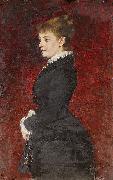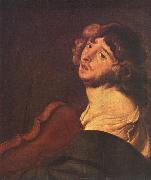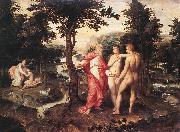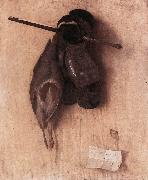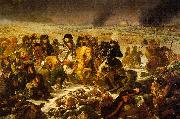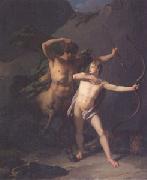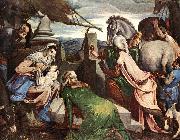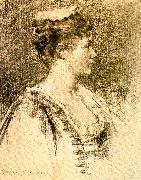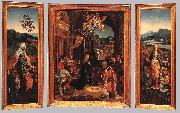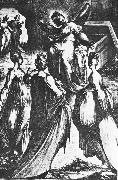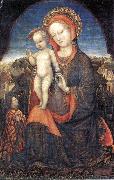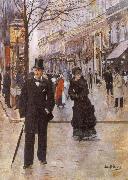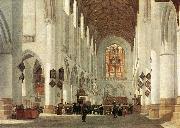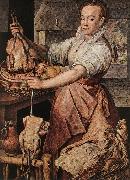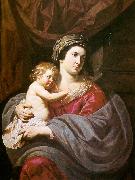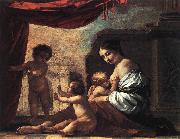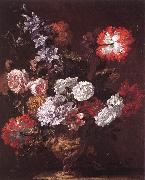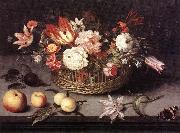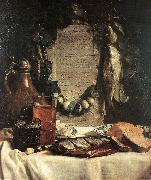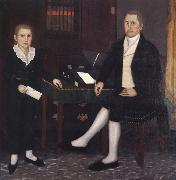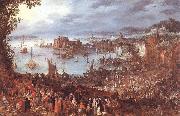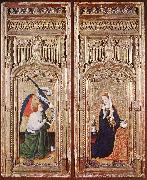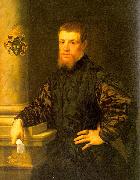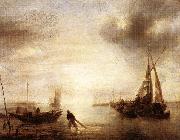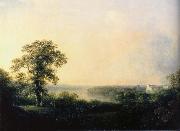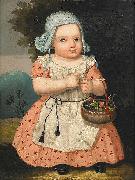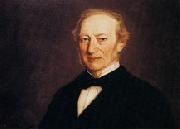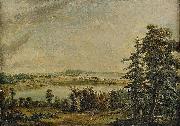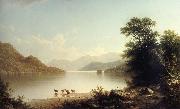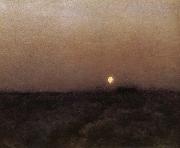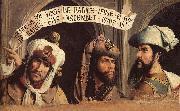|
|
|
|
|
|
|
|
|
|
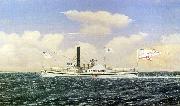 |
Bard, James
|
|
Specializes in Maritime Art
American Painter, 1815-1897 |
|
|
|
|
|
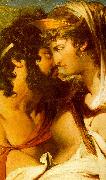 |
Barry, James
|
|
Dutch Baroque Era Painter, 1627-ca.1683
Studied under Otto Marseus van Schrieck.
Students included Rachel Ruysch.
|
|
|
|
|
|
|
|
|
|
|
|
|
|
|
|
|
|
|
|
|
|
|
|
|
|
 |
BIJLERT, Jan van
|
|
Dutch painter, Utrecht school (b. 1597/98, Utrecht, d. 1671, Utrecht) |
|
|
|
|
|
|
|
|
|
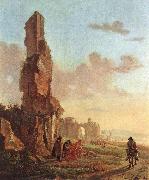 |
BOTH, Jan
|
|
Dutch painter (b. ca. 1618, Utrecht, d. 1652, Utrecht |
|
|
|
|
|
|
|
|
|
|
|
|
|
|
|
|
|
|
|
|
|
 |
Carel Jacobus Behr
|
|
(9 July 1812 in The Hague - 11 November 1895) was a Dutch painter, watercolorist and draftsman. He was a pupil of Bartholomeus Johannes van Hove and mainly painted cityscapes, genre scenes and portraits.
In 1836 he produced, commissioned by The Hague municipal government, an image of the town hall there, which carried off the approval of connoisseurs. In 1837 he became a member of the Royal Academy in Amsterdam. His work is found in various collections and different exhibitions, like at the Hague in 1839, Rotterdam in 1840 and again at the Hague in 1841.
|
|
|
|
|
|
|
|
|
|
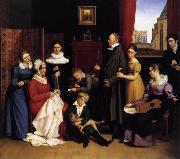 |
Carl Joseph Begas
|
|
Carl Joseph Begas (September 30, 1794 - November 24, 1854), was a German historical painter born at Heinsberg near Aachen. His father, a retired judge, destined him for the legal profession, but the boy's tastes pointed definitely in another direction. Even at school he was remarked for his wonderful skill in drawing and painting, and in 1812 he was permitted to visit Paris in order to perfect himself in his art.
He studied for eighteen months in the atelier of Antoine Jean Gros then began to work independently. In 1814 his copy of The Madonna della Sedia was bought by the king of Prussia, who was attracted by the young artist and did much to advance him. He was engaged to paint several large Biblical pictures, and in 1825, after his return from Italy, continued to produce paintings which were placed in the churches of Berlin and Potsdam. Some of these were historical pieces, but the majority were representations of Scriptural incidents. Begas was also celebrated as a portrait-painter, and supplied to the royal gallery a long series of portraits of eminent Prussian men of letters. At his death he held the post of court painter at Berlin.
|
|
|
|
|
|
|
|
|
|
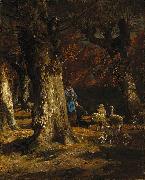 |
Charles Jacque
|
|
(23 May 1813 - 7 May 1894) was a French painter of animals (animalier) and engraver who was, with Jean-François Millet, part of the Barbizon School. He first learned to engrave maps when he spent seven years in the French Army.
Fleeing the Cholera epidemics that besieged Paris in the mid-nineteenth century, Charles Jacque relocated to Barbizon in 1849 with Millet. There, he painted rustic or pastoral subject matter: shepherds, flocks of sheep, pigs, and scenes of farm life. In addition to painting, Jacque was also famous for his etchings and engravings. He, along with Felix Bracquemond and Felix Buhot, is credited with the nineteenth-century revival of seventeenth-century techniques. He began his career as an engraver around 1841 by publishing a series of etchings with Louis Marvy. He followed this work with a serious of engravings based on the works of Adriaen van Ostade, after which he began to create original engravings / artworks. Charles Baudelaire said of him, "Mr. Jacque new reputation will continue to grow always, we hope. His etchings are very bold and his subject matter is well conceived. All that Mr. Jacque does on copper is filled with a freedom and a frankness which reminds one of the Old Masters. |
|
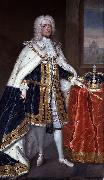 |
Charles Jervas
|
|
Charles Jervas (c. 1675 - 1739) was an Irish portrait painter, translator, and art collector of the early 18th century.
Born in County Offaly,Ireland around 1675, the son of John Jervas and Elizabeth, daughter of Captain John Baldwin of Shinrone Castle & Corolanty, High Sheriff of County Offaly. Jervas studied in London, England as an assistant under Sir Godfrey Kneller between 1694 and 1695.
After selling a series of small copies of the Raphael Cartoons circa 1698 to Dr. George Clarke of All Souls College, Oxford, the following year he travelled to Paris and Rome (while financially supported by Clarke and others) remaining there for most of the decade before returning to London in 1709 where he found success as a portrait painter. |
|
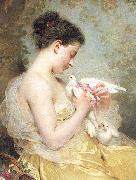 |
Charles Joshua Chaplin
|
|
(8 June 1825 - 30 January 1891) was a French painter and engraver. He was born in Les Andelys, Eure, France to an English father and a French mother. Although he spent the whole of his life in France, he only became naturalized in 1886. He died in Paris, France.
Chaplin conducted art classes specifically for women at his studio. The American artist Mary Cassatt and the English artist Louise Jopling were among Chaplin's students. |
|
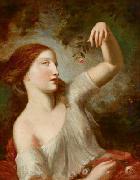 |
Charles-Joseph Natoire
|
|
(3 March 1700 - 23 August 1777) was a French painter in the Rococo manner, a pupil of François Lemoyne and director of the French Academy in Rome, 1751-1775. Considered during his lifetime the equal of François Boucher, he played a prominent role in the artistic life of France.
He is remembered above all for the series of the History of Psyche for Germain Boffrand's oval salon de la Princesse in the Hôtel de Soubise, Paris, and for the tapestry cartoons for the series of the History of Don Quixote, woven at the Beauvais tapestry manufacture, most of which are at the Château de Compiegne.
|
|







